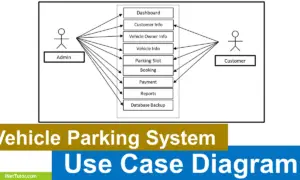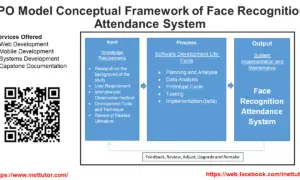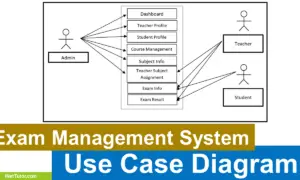IoT-based Water Conservation and Watering Plant System
Welcome to our comprehensive guide exploring the conceptual framework behind the cutting-edge IoT-based Water Conservation and Plant Watering System. In this article, we delve into the dynamic Input-Process-Output (IPO) model, unraveling the essential components driving the development of this innovative system. Discover how meticulous research, user surveys, and insightful data analysis shape the foundation of this eco-conscious solution. Join us as we unravel the systematic process, from planning and analysis to the intricate prototype cycles and rigorous testing, unveiling how this framework ensures a sustainable and efficient water management strategy for your plants. Let’s embark on this journey to unlock the secrets of building a smart and user-friendly system tailored to revolutionize the way we conserve water and nurture our beloved greenery.
About the Watering Plant System
Table of Contents
Water is a precious resource, and its conservation is essential in the face of increasing environmental challenges. In a world where water scarcity is a growing concern, it is crucial to find innovative solutions to minimize water wastage, especially in everyday tasks like plant watering. This is where the Internet of Things (IoT) and Arduino come into play. The Internet of Things (IoT) has revolutionized the way we interact with everyday objects, making them smarter and more efficient. One of the many areas where IoT technology can make a significant impact is water management. By integrating sensors, actuators, and data communication into water systems, we can create a more sustainable and efficient approach to water use. An IoT-based water conservation and plant watering system using Arduino is a brilliant way to save water and maintain healthy plants. It’s a DIY project that combines modern technology with environmental responsibility. By implementing such a system, you can contribute to the worldwide effort to conserve water and live more sustainably while enjoying the beauty and benefits of your well-cared-for plants.
Objectives of the Study
General Objective: The research study aims to develop an efficient IoT-based Water Conservation and Plant Watering System using Arduino, contributing to sustainable water management practices and promoting environmental conservation.
Specific Objectives:
- To design and implement a smart watering mechanism that optimizes water usage for plants based on real-time environmental factors and plant requirements.
- To integrate IoT sensors for monitoring soil moisture levels, humidity, and temperature, enabling precise and timely adjustments to the watering schedule and quantity.
- To develop a user-friendly interface for remote access and control, allowing users to monitor and manage the watering system from a digital platform, fostering convenience and accessibility.
- To evaluate the system’s performance and water-saving efficiency through data analysis, assessing its impact on reducing water consumption and promoting eco-friendly gardening practices.
What is a Conceptual Framework?
A Conceptual Framework serves as a structured guideline that outlines the fundamental concepts, objectives, and methodologies necessary for the successful completion of a project. In the context of a capstone project, such as the development of an IoT-based Water Conservation and Plant Watering System, a Conceptual Framework plays a vital role:
Project Scope Clarification: It assists in clearly defining the scope and boundaries of the project, outlining the specific objectives, functionalities, and constraints of the IoT-based Water Conservation and Plant Watering System. This ensures a comprehensive understanding of the project’s requirements and expected outcomes.
Methodological Guidance: The Conceptual Framework provides a methodological roadmap, guiding the development team in selecting appropriate technologies, such as Arduino microcontrollers and IoT sensors, to create an efficient and sustainable water management system. It helps in determining the best practices and methodologies for integrating hardware and software components to achieve optimal functionality and performance.
User-Centric Approach: By emphasizing user needs and preferences, the Conceptual Framework ensures that the IoT-based Water Conservation and Plant Watering System is designed with a user-friendly interface, enabling easy access and control for individuals managing the watering process. It encourages the integration of features that promote water conservation and eco-friendly gardening practices.
Ethical and Environmental Considerations: The Conceptual Framework encourages the consideration of ethical and environmental implications associated with water conservation and sustainable gardening. It ensures that the system adheres to eco-friendly principles and supports the conservation of natural resources, contributing positively to environmental sustainability.
By incorporating a well-defined Conceptual Framework, the development team can effectively navigate the complexities of the project, ensuring that the IoT-based Water Conservation and Plant Watering System aligns with user requirements, technological advancements, and ethical standards, ultimately resulting in the creation of an eco-friendly and efficient water management solution.
Conceptual Framework Diagram
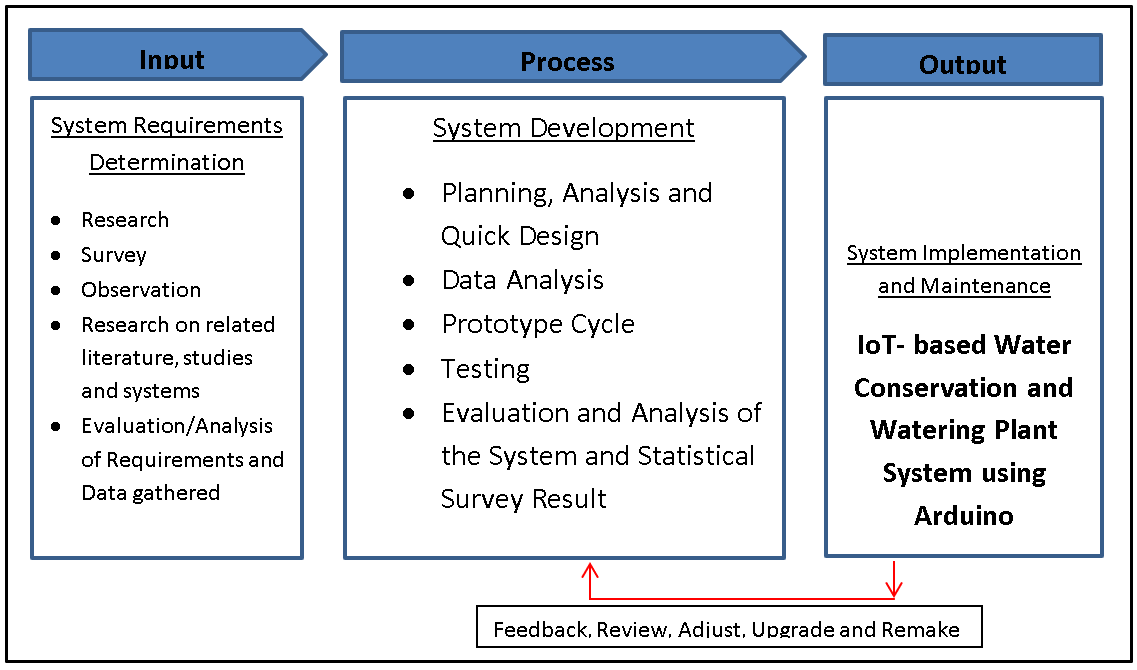
The image above depicts the project’s conceptual framework, entitled IoT-based Water Conservation and Watering Plant System using Arduino. It is based on the input, process, and output (IPO) model.
Input
The project will begin by evaluating the present process, which will lead to the stage of doing research, survey and observation. The researchers will also need to compile relevant papers and systems to use as a guide for the project’s development. After all such process, the researchers will evaluate and analyze the requirements and data gathered.
In the input phase of the conceptual framework for the IoT-based Water Conservation and Plant Watering System, the following components play crucial roles:
- Research: Involves in-depth investigation and exploration of existing technologies, methodologies, and best practices related to water conservation, plant watering systems, and IoT integration. This step aids in understanding the current trends and challenges in the field, guiding the development team in making informed decisions about the system’s design and implementation.
- Survey: Involves gathering direct feedback and insights from potential users, stakeholders, and experts in the field of water management and gardening. Surveys help in understanding user preferences, challenges faced, and expectations from an ideal water conservation and plant watering system. This information is valuable in tailoring the system to meet the specific needs and requirements of the target audience.
- Observation: Involves closely observing and analyzing the current water management practices, plant watering routines, and environmental conditions. This allows the development team to gain a practical understanding of the real-world challenges faced by users and the specific environmental factors that impact plant growth and water consumption. Observations provide valuable insights for designing a system that can effectively address these challenges.
- Research on Related Literature, Studies, and Systems: Involves a comprehensive review of existing literature, studies, and previous systems related to water conservation, plant watering technologies, and IoT applications. This step helps in understanding the successes and limitations of past initiatives, enabling the development team to build upon existing knowledge and incorporate best practices into the design of the IoT-based Water Conservation and Plant Watering System.
- Evaluation/Analysis of Requirements and Data Gathered: Involves the systematic assessment and analysis of the requirements gathered from research, surveys, observations, and related literature. This step helps in identifying key functionalities, features, and technical specifications necessary for the successful development of the system. It ensures that the system’s design and functionalities align with the identified user needs and technological capabilities, laying the foundation for an effective and user-friendly solution.
Process
During the process phase of developing the IoT-based Water Conservation and Plant Watering System, the following activities are undertaken to ensure a robust and efficient system:
- Planning, Analysis, and Quick Design: This initial step involves outlining a comprehensive plan for system development, analyzing user requirements, and creating a quick design prototype. It includes identifying key features, functionalities, and technical specifications based on the insights gathered from the input phase, ensuring that the system design aligns with user expectations and project objectives.
- Data Analysis: Involves the systematic examination and interpretation of data collected from various sources, including surveys, observations, and testing results. This step helps in identifying patterns, trends, and correlations in the data, enabling the development team to make informed decisions about system functionalities and features that will optimize water conservation and plant watering practices.
- Prototype Cycle: In this iterative process, the development team creates a functional prototype of the IoT-based Water Conservation and Plant Watering System, incorporating the planned design and features. The prototype undergoes continuous refinement and enhancements based on user feedback and testing results, ensuring that the final system meets the identified requirements and specifications.
- Testing: Involves rigorous testing of the prototype under various simulated conditions to assess its performance, functionality, and reliability. This step aims to identify and rectify any technical issues, usability concerns, or performance bottlenecks that may affect the system’s efficiency and user experience. Testing ensures that the IoT-based system operates seamlessly and delivers the intended functionalities as expected.
- Evaluation and Analysis of the System and Statistical Survey Result: This final step involves evaluating the overall performance and effectiveness of the developed system, considering both the technical aspects and user satisfaction. It includes analyzing the results of statistical surveys conducted to gather user feedback and insights about the system’s functionality and usability. This analysis aids in identifying areas for improvement and future enhancements, ensuring that the IoT-based Water Conservation and Plant Watering System meets the desired standards and fulfills the intended objectives.
Output
The project, IoT-based Water Conservation and Watering Plant System comes to life and is executed in the real world after all of the necessary procedures have been completed. A new project is born, and it will be maintained for the project’s long-term survival.
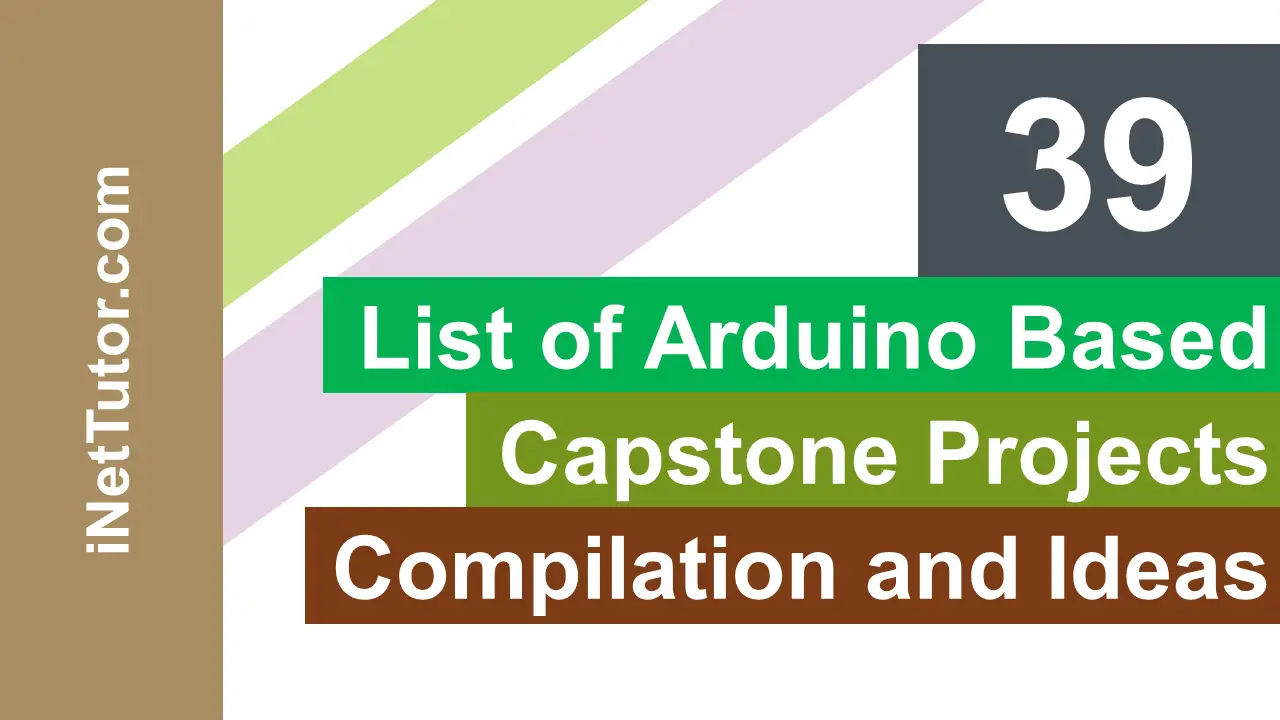
Summary
The blog post on the IoT-based Water Conservation and Plant Watering System Conceptual Framework employs the IPO (Input-Process-Output) model to present a comprehensive understanding of the system’s development process. It delves into the crucial role of the Conceptual Framework in guiding the project, emphasizing its significance in defining the scope, methodologies, and user-centric approach. By dissecting the input phase, the blog underscores the importance of research, surveys, observations, and data analysis in shaping the system’s requirements and functionalities. It further delves into the Process Phase, highlighting the systematic steps involved in system development, including planning, data analysis, prototype cycles, testing, and system evaluation. The blog effectively demonstrates how the IPO model Conceptual Framework serves as a fundamental guide for the creation of an efficient and sustainable IoT-based Water Conservation and Plant Watering System, promoting eco-friendly gardening practices and fostering environmental conservation.
Readers are also interested in:
iFan: Mobile Based Ceiling and Electric Fan Control System using Arduino
Android Based Bluetooth Door Lock using Arduino
You may visit our Facebook page for more information, inquiries, and comments. Please subscribe also to our YouTube Channel to receive free capstone projects resources and computer programming tutorials.
Hire our team to do the project.
